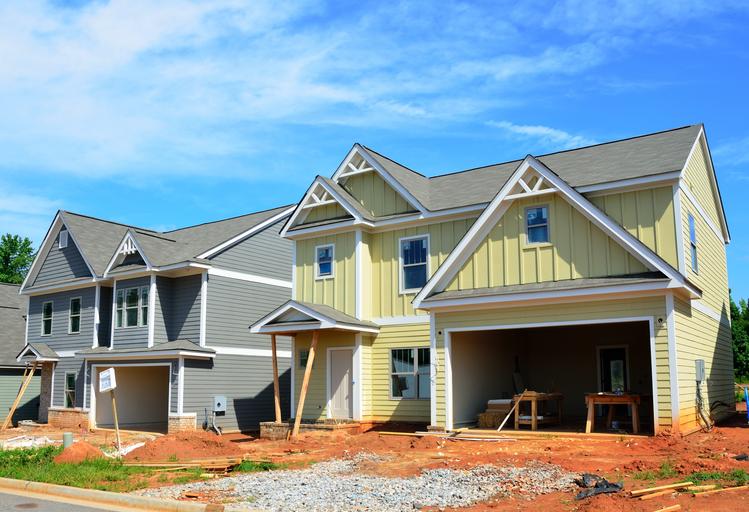
In 2019, changes were made to Permitted Development Rights and if you are a homeowner seeking to make alterations to your home or a developer, it was important to get on board, look for information and guidance and understand what these changes meant for your future projects. It is important to start with the principal of permitted development – that now all home improvements or alterations to a property require actual planning permission from the local authority. However, this does not mean that you should be blasé about making home improvements and you should always consult the local planning department or work with architects with the knowledge to build a proactive project where all potential barriers and restrictions are known and understood well in advance.
It is always an enticing prospect to think about adding an extension to a property or refurbishing a home in order to add value to the property. With permitted development rights, this has been even easier for homeowners and property developers. Permitted development allows for some types of home improvements and refurbishments to be made without the need of going through a planning permission process. These can help to improve a home and maximise the quality of life for those living there, or indeed enhance the chance of making the most of an investment in a property.
When you are starting afresh with a property refurbishment project it is most likely that you do not need planning permission unless you are thinking about drastically altering the size, shape and function of the existing building. It is worth noting though, that all permitted development rights apply to the dwelling as it was originally built, or as it stood on the 1st July 1948. What this means, is that any parts of the home that have been added to since 1948, by previous homeowners, counts towards your permitted development allocation. This could restrict what you are allowed to do, so it is always best to check your rights before advancing with any project. Other restrictions might be in place due to the location of the dwelling in a National Park, a Conservation Area or an Area of Outstanding Natural Beauty. It should also be noted that permitted development rights do not apply to flats and apartments because any alterations could easily have a massive impact on neighbouring properties.
Before starting work on any project where your property is altered, it is important to understand what rights you have as a homeowner and what you can and cannot do based on the recommendations of the Local Authority and the planning permissions in place. In many cases, permitted development rights will be enough to make sure you can go ahead with minor alterations or extensions to an existing property, but it is always best to check first before starting, as it could be a costly mistake to begin work where you are not permitted to do so. Find a good architecture firm with experience of working on urban extensions and other types of housing alterations, and they will provide you with the best plan of action and an understanding of what will and won’t pass planning applications (or indeed what does not need a planning application).











